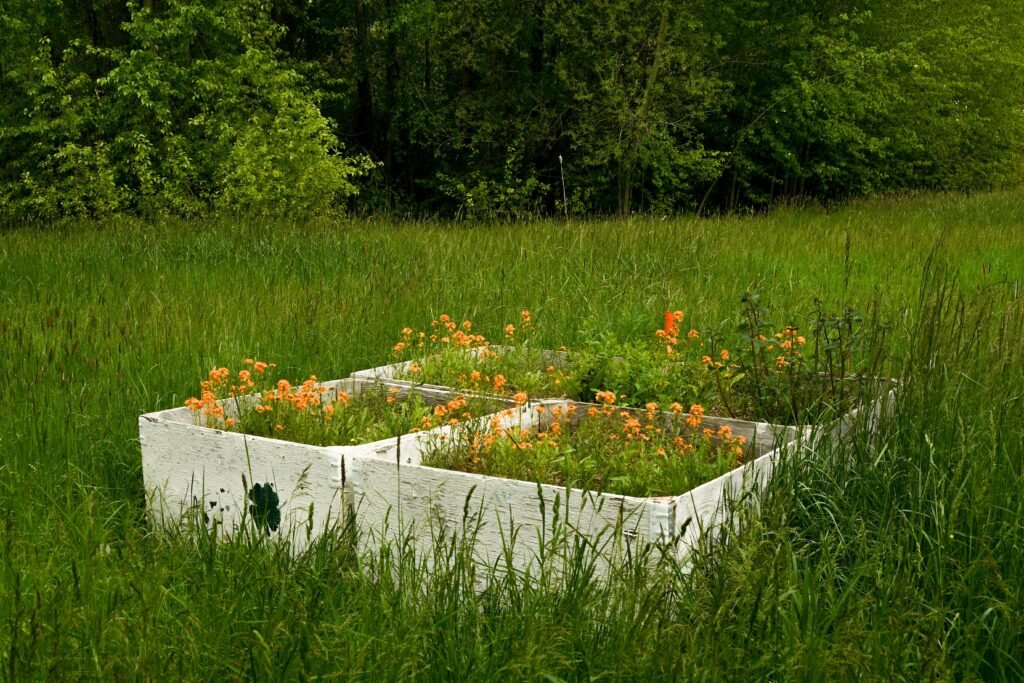Have you ever wandered through a public garden and felt a sense of wonder that seemed to buzz in the air, almost as if nature itself was throwing a celebration? National Public Gardens Day is more than just a date on the calendar—it’s a tribute to the untamed, intricate, and often surprising science that thrives in these living museums. Beneath the gentle rustle of leaves and the vibrant colors of blooms, a secret world of pollinators, fungi, and countless microscopic life forms carries out silent dramas that shape the very fabric of our planet. This day, celebrated by nature lovers and science enthusiasts alike, is a chance to peek behind the curtain and witness the extraordinary web of life that public gardens harbor. Get ready to step into a world where bees dance, fungi weave invisible threads, and every flower is a stage for wild natural stories.
The Unsung Heroes: Pollinators at Work
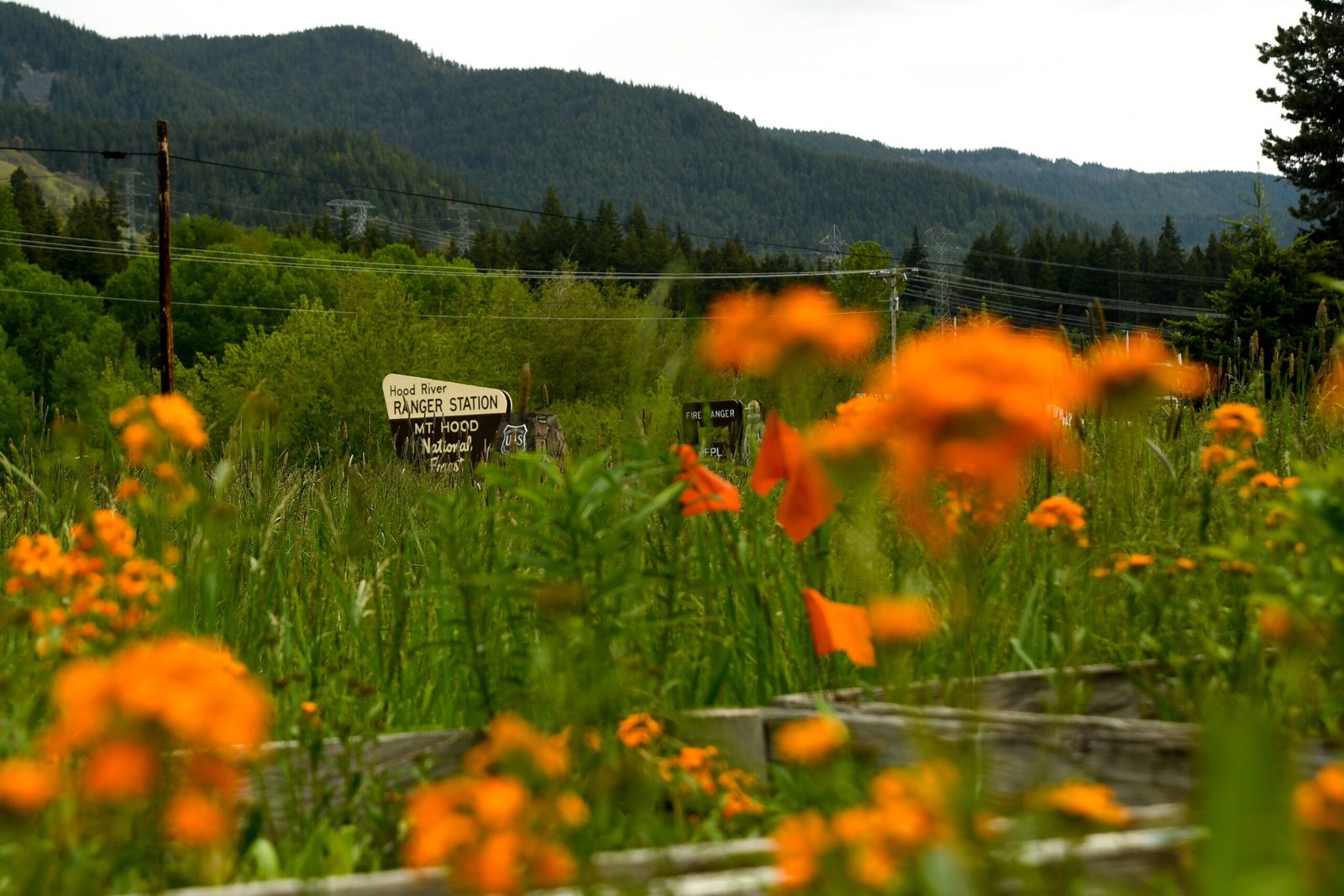
Public gardens are abuzz with activity, much of it orchestrated by pollinators like bees, butterflies, hummingbirds, and even bats. These tiny workers flit from bloom to bloom, transferring pollen and ensuring the next generation of plants. Without pollinators, almost 90% of flowering plants would struggle to reproduce, making their role absolutely vital. Watching a bumblebee crawl inside a foxglove or a butterfly delicately sipping nectar is witnessing evolution in real time. Their bodies are uniquely adapted for this job—bees have hairy legs to trap pollen, while hummingbirds are built for hovering flight. Every visit to a garden is a chance to see these ecological partnerships unfold, often right before your eyes.
The Secret Life of Soil: Fungi and the Wood Wide Web
Beneath the surface, an invisible network quietly fuels the life above. Fungi, especially mycorrhizal species, form a vast underground web connecting plant roots in a system sometimes called the “Wood Wide Web.” These fungal networks allow plants to share nutrients and even warning signals about pests or drought. When you walk through a garden, you’re treading over these silent highways, where fungi exchange minerals for sugars in a relationship millions of years old. Without this subterranean teamwork, many plants would wither, and gardens would lose their lushness. It’s an unseen world, but it supports every blossom and leaf you admire.
How Gardens Become Living Laboratories
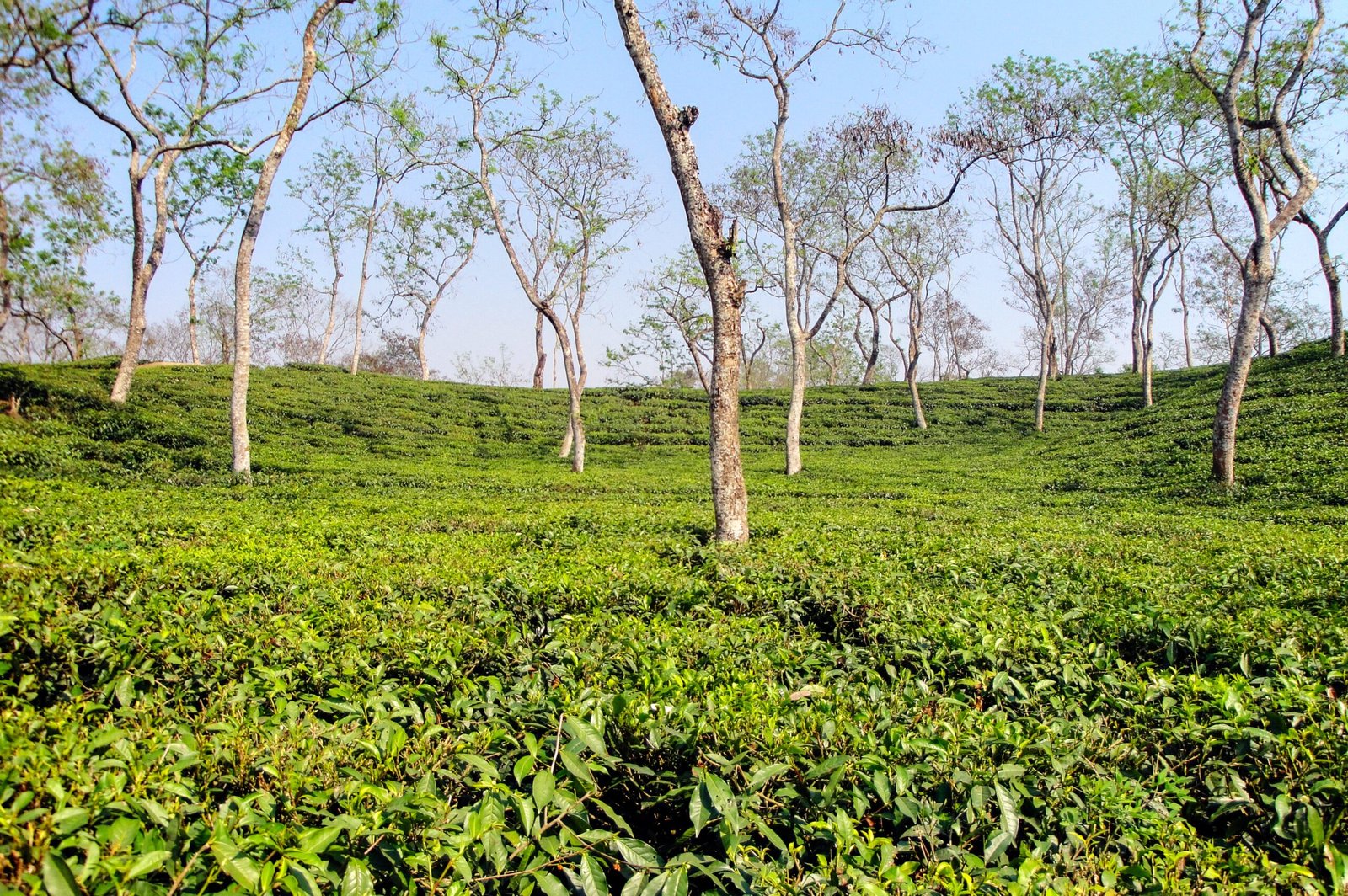
Public gardens aren’t just pretty places—they’re bustling centers for scientific discovery. Botanists use these spaces to study plant diseases, test new cultivation techniques, and conserve rare species. Each bed of flowers can be an experiment, and every tree might be part of a long-term study. Visitors may not realize that the roses they admire are part of a trial to find disease-resistant varieties, or that the wild meadow is a carefully managed ecosystem restoration. This quiet research helps protect biodiversity and shapes the future of green spaces everywhere.
Guardians of Genetic Diversity
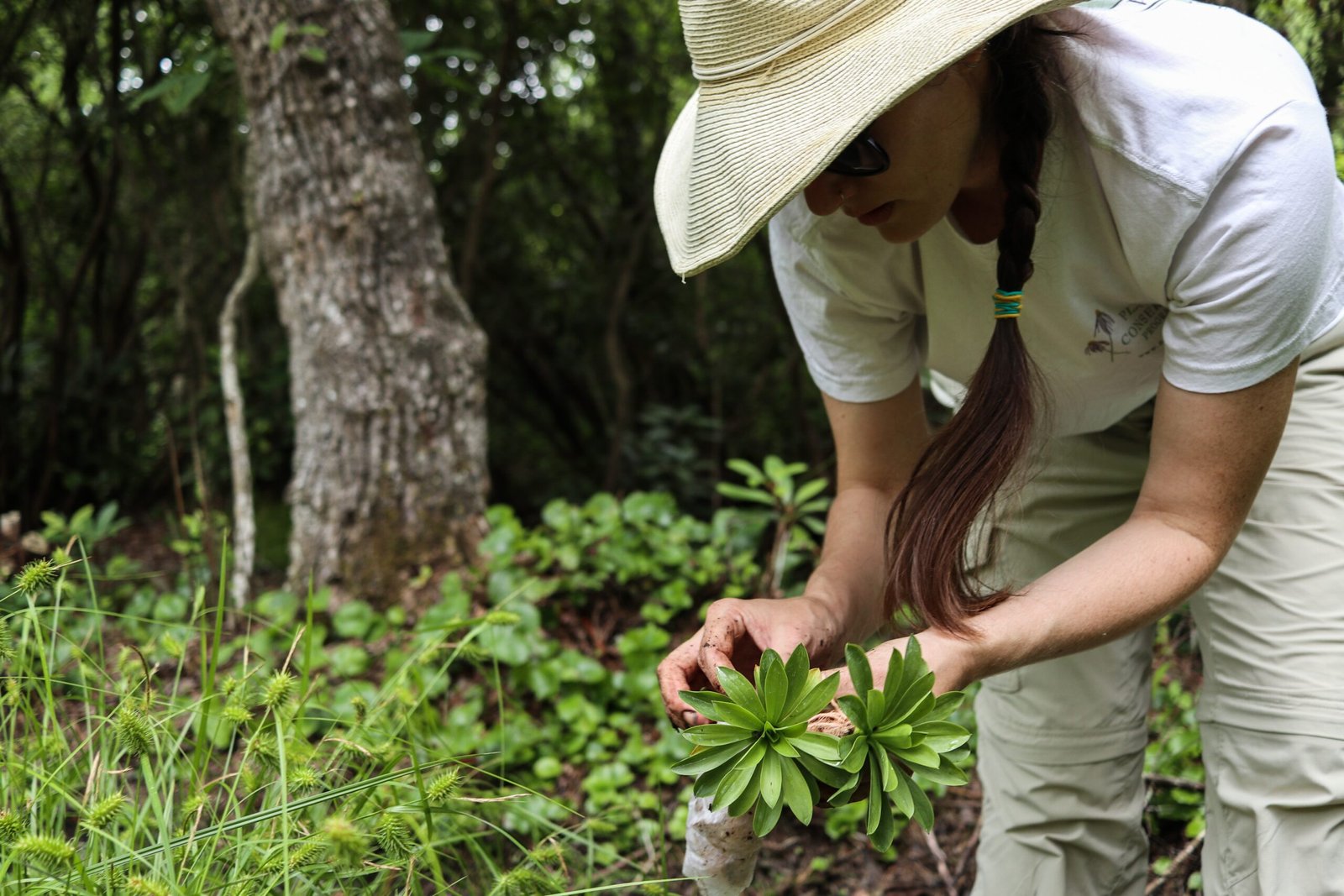
One of the most powerful roles of public gardens is safeguarding plant diversity. With habitat loss threatening wild species, gardens serve as sanctuaries for rare and endangered plants. Seeds and specimens are collected from around the world and nurtured in controlled environments. This genetic bank ensures that even if plants vanish in the wild, they can be reintroduced someday. It’s a living insurance policy for our planet’s botanical heritage, quietly maintained behind the garden gates.
The Marvel of Flower Anatomy
Every flower in a public garden is a marvel of engineering. Petals lure pollinators with their colors and scents, while specialized structures like stamens and pistils ensure that pollen gets exactly where it needs to go. Some flowers have evolved astonishing strategies: snapdragons only open for heavy bees, while orchids trick wasps with their shape and smell. Gazing at a bloom, you’re seeing millions of years of evolution distilled into a single, fleeting moment of beauty. Next time you pause to sniff a rose, remember that it’s part of a much bigger story.
Composting: Nature’s Recycling System
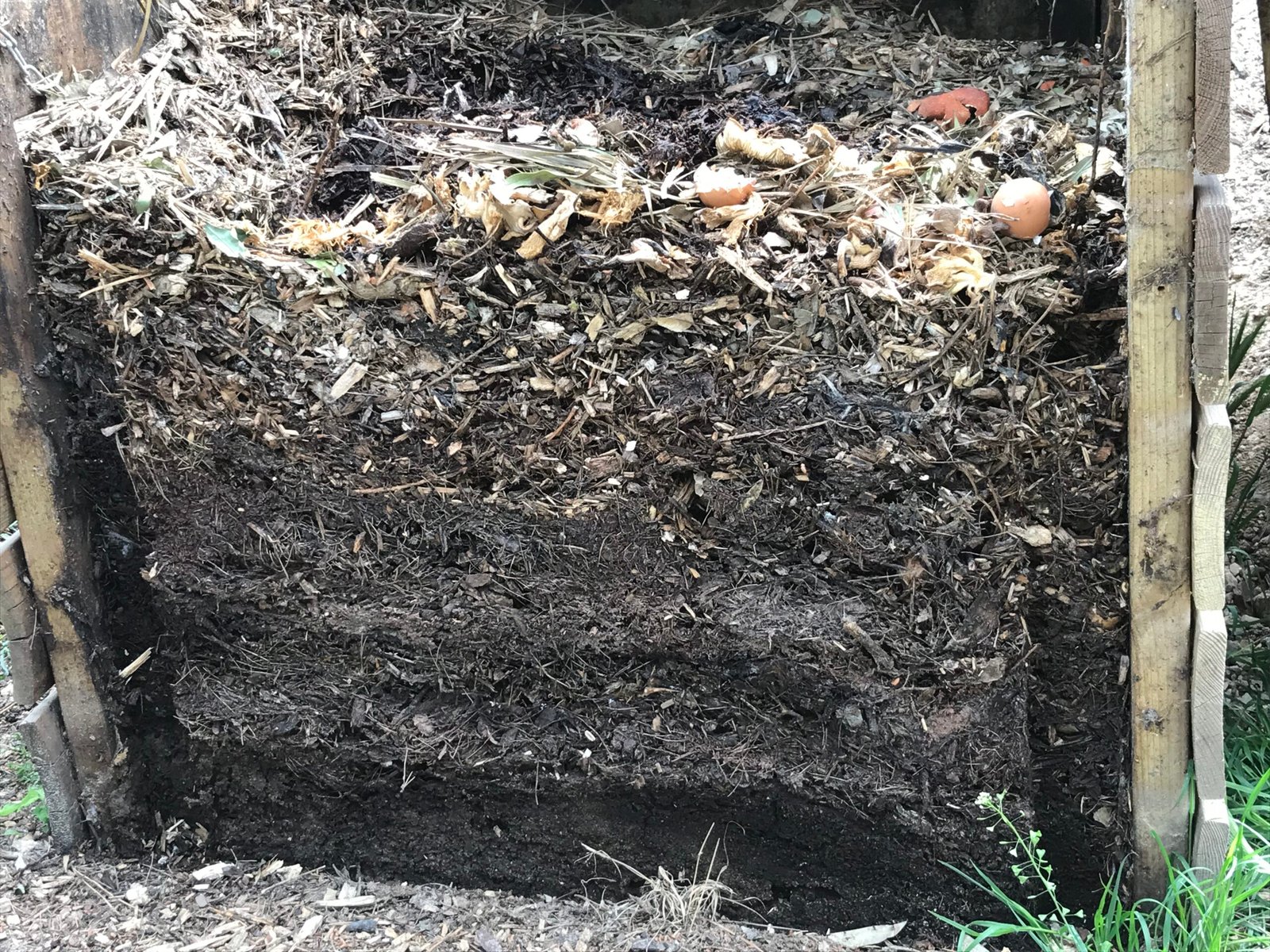
Decomposition might seem unglamorous, but compost piles are the engines of healthy gardens. Bacteria, fungi, insects, and worms break down fallen leaves and spent blooms, returning nutrients to the soil. This cycle not only reduces waste but also creates rich, fertile earth that helps plants thrive. In public gardens, composting is often done on a grand scale, transforming mountains of plant debris into the lifeblood of the landscape. It’s a reminder that nothing in nature truly goes to waste.
Birds: The Feathered Garden Keepers
Birds flock to public gardens in search of seeds, insects, and shelter. In return, they help control pests, disperse seeds, and pollinate certain plants. The sight of a robin tugging at a worm or a hummingbird darting between blossoms highlights the close relationships between flora and fauna. Some gardens even design plantings specifically to attract and support local bird populations, creating harmonious spaces where birds and humans both find refuge.
Microclimates: How Gardens Shape Weather
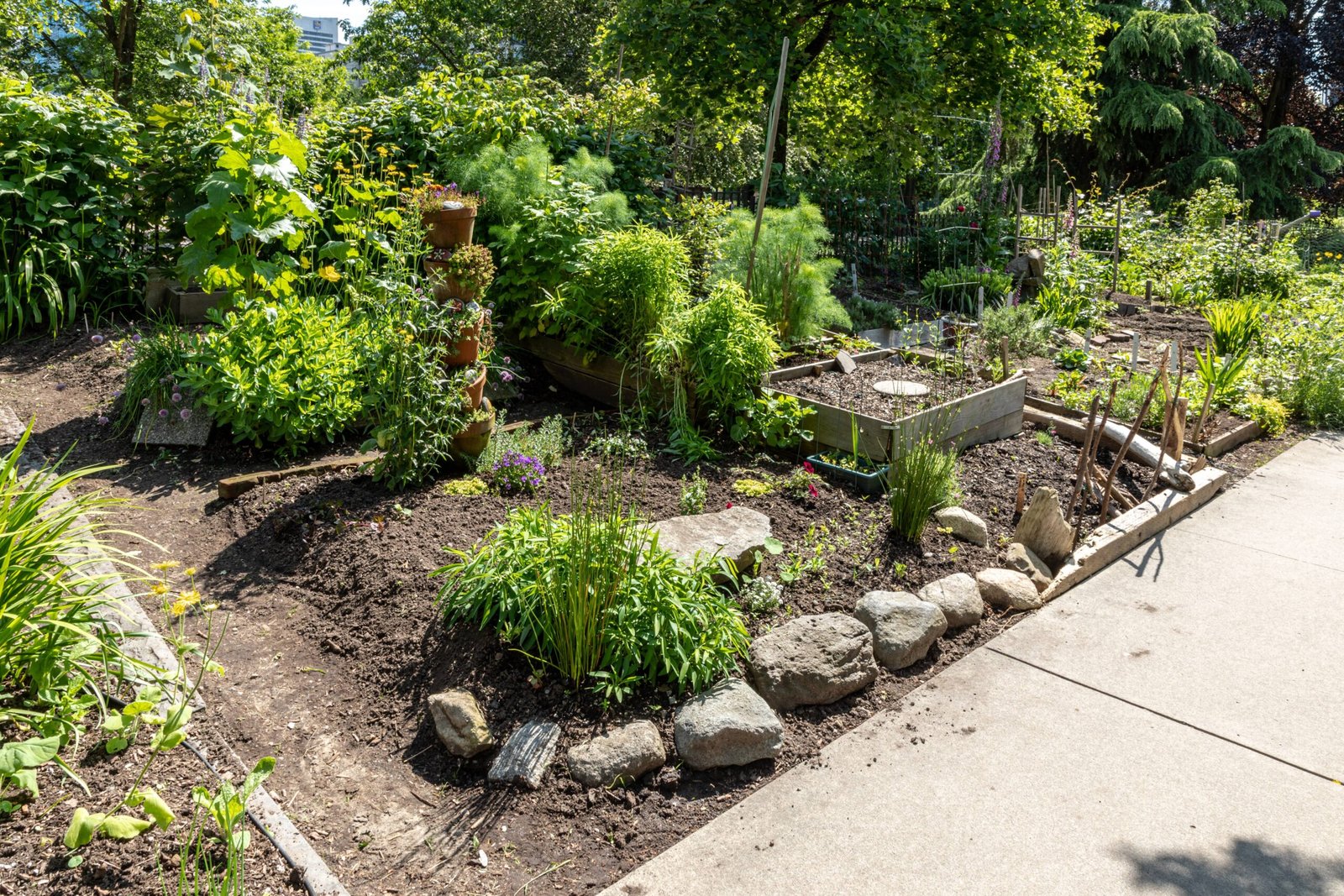
A stroll through a public garden can feel refreshingly cool on a hot day. That’s no accident—gardens create their own microclimates, moderating temperatures and humidity. Trees provide shade and release moisture through transpiration, while ponds and streams cool the air. These effects aren’t just pleasant for visitors; they also help plants survive extreme weather. In cities, public gardens act as green lungs, combating the heat island effect and making urban life more bearable.
Gardens as Urban Wildlife Havens
Amid skyscrapers and traffic, public gardens become oases for wildlife. Foxes, hedgehogs, dragonflies, and countless insects find food and shelter among the greenery. For many city dwellers, gardens are a first and sometimes only chance to witness wild creatures up close. These encounters foster empathy for nature and inspire people to protect the landscapes that sustain us all. Even the humblest patch of flowers can be a lifeline for urban biodiversity.
The Human Connection: Wellbeing and Wonder
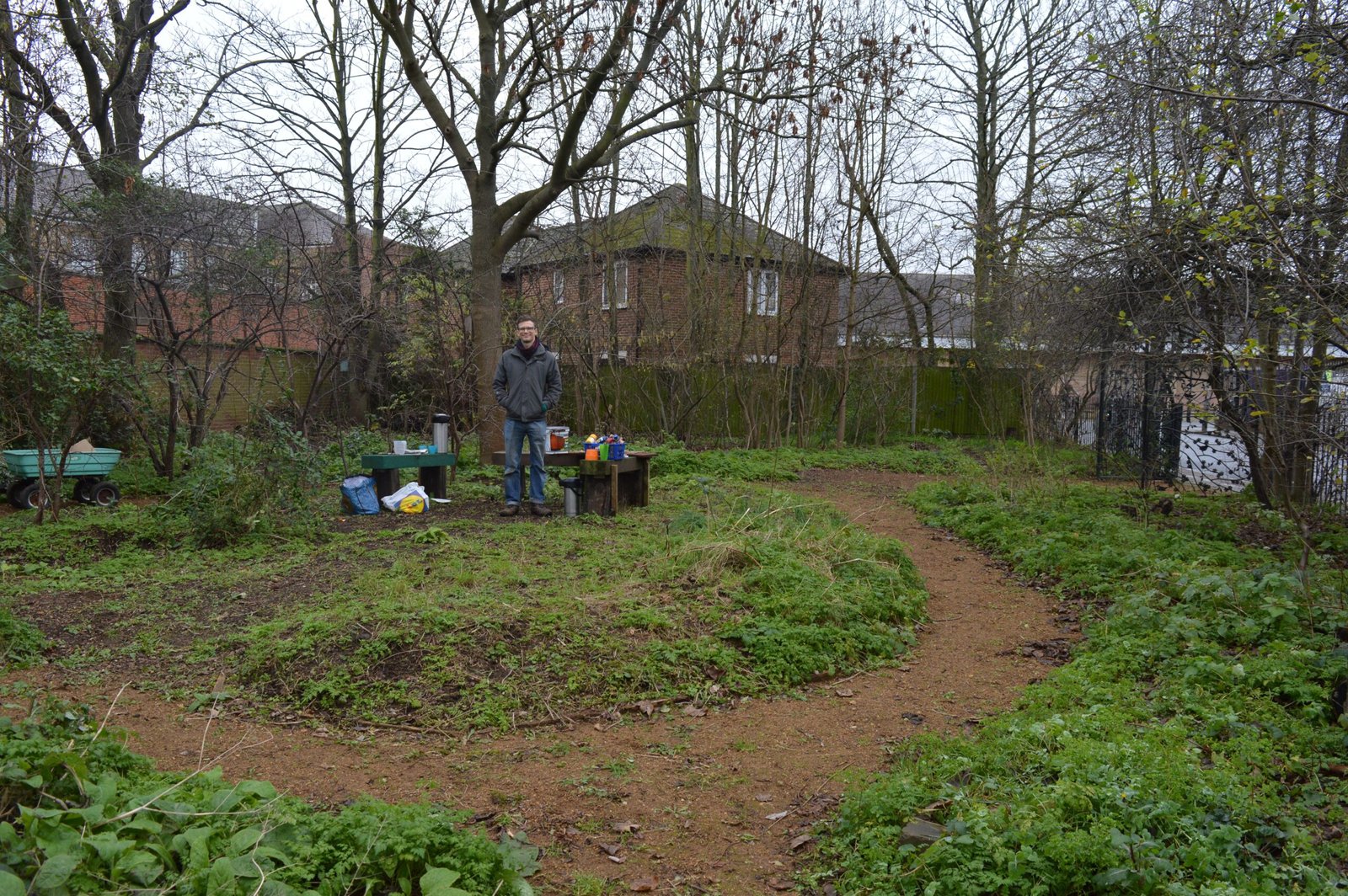
Science shows that spending time in gardens lowers stress, boosts mood, and sharpens focus. The sights, smells, and sounds of nature trigger deep-rooted responses in our brains, reminding us of our place in the natural world. For children, public gardens are classrooms without walls, sparking curiosity and a lifelong love of discovery. For adults, they’re sanctuaries for reflection and renewal. Each visit is a reminder of the wild science at work all around us.
How You Can Support Public Gardens
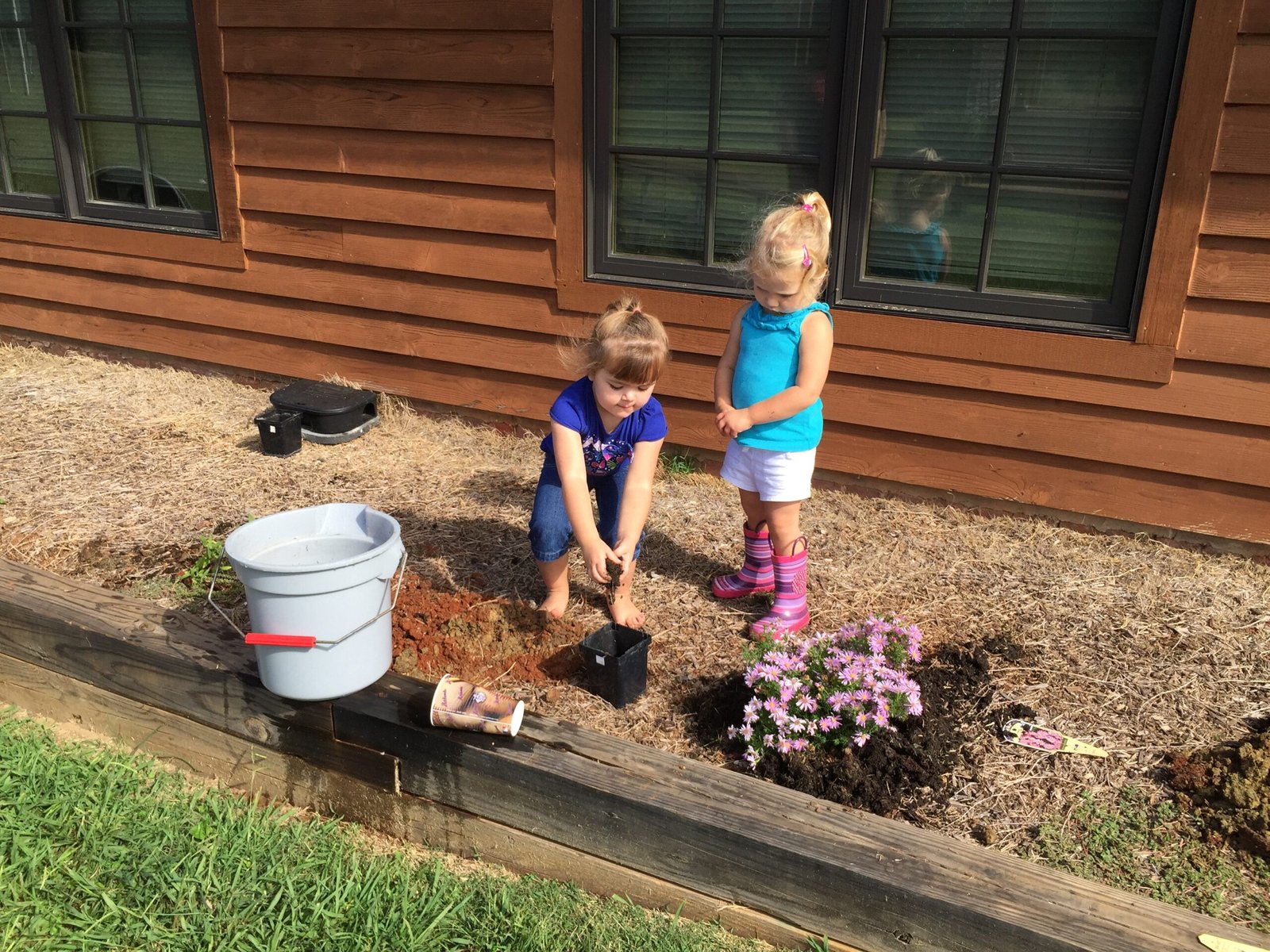
Anyone can be part of this story. Volunteering, donating, or simply visiting your local public garden helps sustain these vital spaces. Many gardens offer citizen science programs, where you can help monitor pollinators or track blooming times. Even planting a pollinator-friendly flowerpot on your balcony adds to the tapestry of life. Every small action contributes to the wild science celebrated on National Public Gardens Day.

